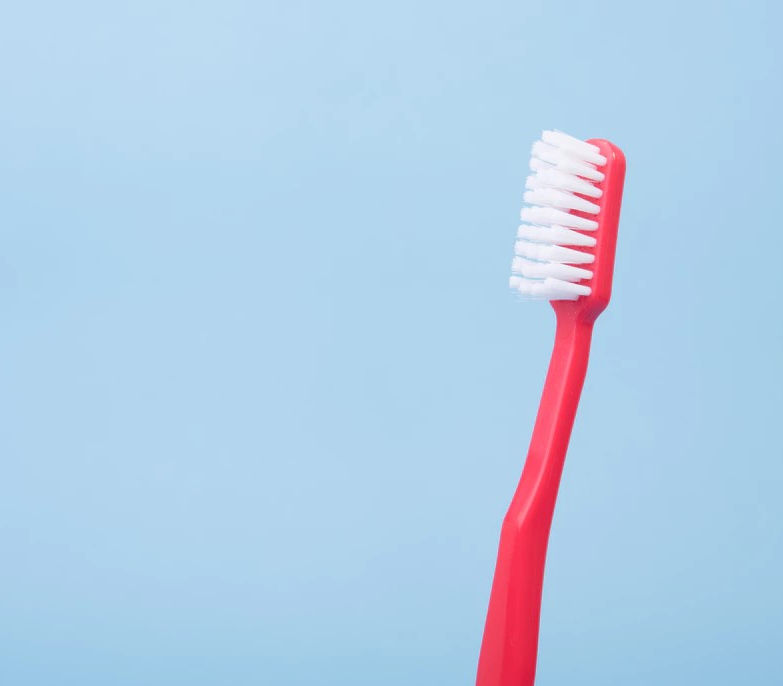
Periodontitis, often known as 'Gum Disease', is one of the most common human diseases. It causes inflammation of gums and deeper periodontal structures. The inflammation may cause redness, swelling, and a tendency to bleed during tooth brushing, eventually leading to severe damage, such as potential loss of teeth, if left unchecked.
What Is Periodontitis?
Periodontitis is inflammation of the gums of the teeth, caused by periodontal bacteria. These bacteria are naturally present in the human mouth, but, if conditions allow, the amount of them can increase dramatically. In that case, they start to trigger local inflammation.
Such favorable conditions for the bacteria arise when a layer of bacteria and food debris builds up on the teeth, commonly in hard-to-reach areas like between the teeth.
Chronic inflammation can damage the bone of the jaw, causing teeth loss. The progress of the disease, however, takes time, and if detected early enough, it can be halted.
What Causes Periodontitis?
Periodontitis is caused by the build-up of dental plaque with bacteria. When teeth cleaning is not thorough enough, the dental plaque builds up next to the gums, and the conditions become suitable for bacteria to flourish.
The severity and speed of progression of periodontitis depend on the type of bacteria and individual immune system, as well as some risk factors. The more aggressive the bacteria and the weaker the immune response, the more severe the disease will be. Smoking, diabetes and some drugs can further weaken the body’s defence and increase the risk of getting periodontitis.
What Is the Treatment?
The key to successful treatment of periodontitis is to eliminate the bacterial plaque, which is triggering the inflammation process. The pockets around teeth have to be cleaned to prevent damage to the periodontal ligament and the surrounding tissues.
There is a non-surgical and surgical way to do this. It can be performed by periodontists, dentists, or dental hygienists. In either case, a medical professional will remove all of the deposits from accessible areas, polish your teeth and treat them with fluoride. Depending on the health of the gum, later on, your practitioner will remove bacterial deposits from the root surfaces.
How To Prevent It?
You can prevent the development of periodontitis by adapting thorough oral hygiene habits and regularly inquiring for a professional examination.
In addition to cleaning your teeth with a toothbrush twice a day, an excellent daily oral hygiene routine includes using dental floss at least once. It allows cleaning all the spaces between the teeth that toothbrush bristles cannot reach.
If the cleaning technique is inadequate, plaque deposits are left on the teeth and turn into hard deposits that cannot be removed with a toothbrush. Your dentist or periodontist will identify these during your dental inspection and remove them as part of a professional clean, preventing them from causing any damage.
Dental specialists of the Health Tourism Lithuania network conduct personal consultations and comprehensive treatment plans, including advice on your daily oral hygiene practices.

